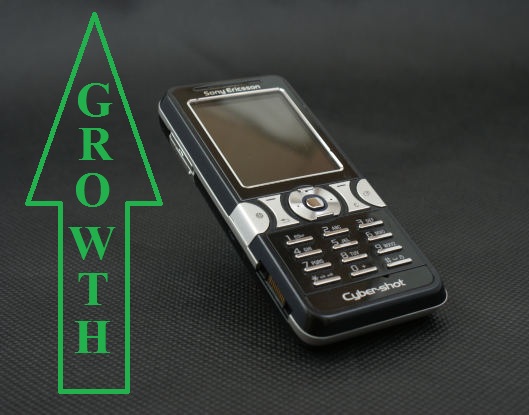 Mobile ads to become more plentiful, according to eMarketer projections
Mobile ads to become more plentiful, according to eMarketer projections
Mobile advertisements are already in high supply, but they may soon become even more plentiful according to projections from eMarketer, a market research and digital media firm. The firm notes that more companies are putting focus on reaching mobile consumers. The best way to do this, of course, is through mobile advertisements that can be found in applications and websites that are optimized to be viewed on a mobile device. eMarketer expects the mobile ad market to become much more valuable in the coming year due to the increased interest companies have in reaching mobile consumers.
Mobile ad market to triple by end of 2012
According to eMarketer, the mobile ad market will triple in value by the end of 2012, reaching the $4 billion mark. Facebook, Google, and Twitter are cited as being powerful forces behind the growth of mobile ads. These companies offer ad space to others and each boasts of a massive reach in terms of consumers. Google alone is expected to bring in more than $2.2 billion in mobile ad sales this year. eMarketer predicts that Facebook will see $339 million in revenue from its recently launched mobile advertising venture.
Market to reach $21 billion by 2016
eMarketer predicts that mobile ad sales will exceed $7 billion in 2013, with sales reaching nearly $21 billion by 2016. Businesses are intent on reaching consumers through their mobile devices because more consumers have access to smart phones and tablets. These consumers tend to use their mobile devices in their daily lives, thus creating an opportunity for businesses to be in constant contact. Mobile device penetration has yet to show signs of slowing down, so the mobile ad market is poised for aggressive growth in the future.
Retailers are strong advocates for mobile advertisements
Though the mobile ad market may have a bright future, it currently only represents some 2% of the advertising market overall. By 2016, eMarketer predicts that mobile ads will take up 11% of the market. Retailers are among the most prolific companies that make use of mobile ads and these companies have seen strong gains from their engagement with mobile consumers in recent years.

 Gaiam uses Demandware Commerce platform to launch new websites
Gaiam uses Demandware Commerce platform to launch new websites